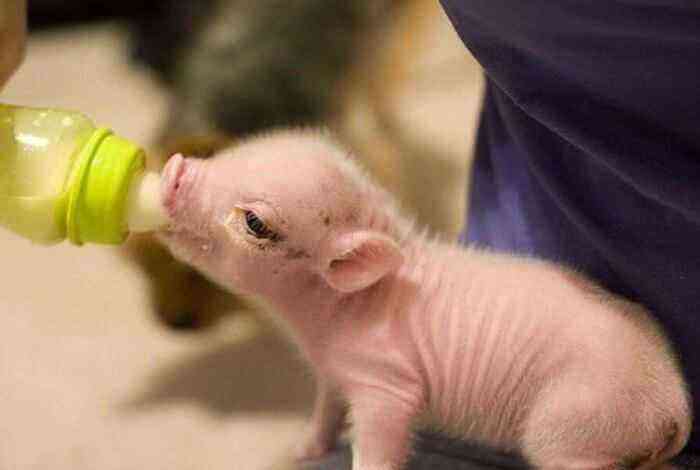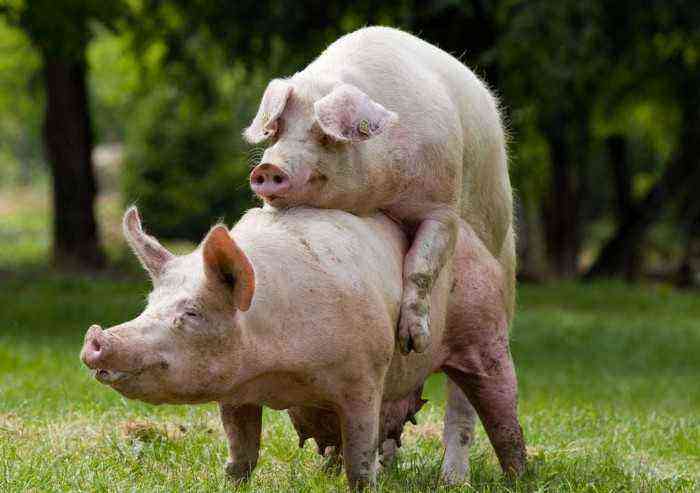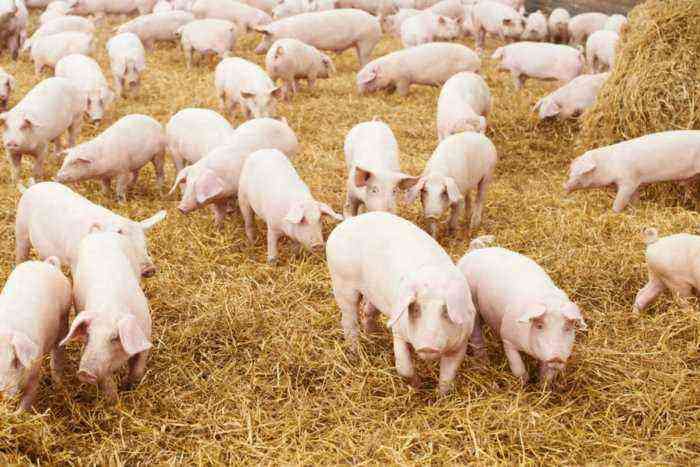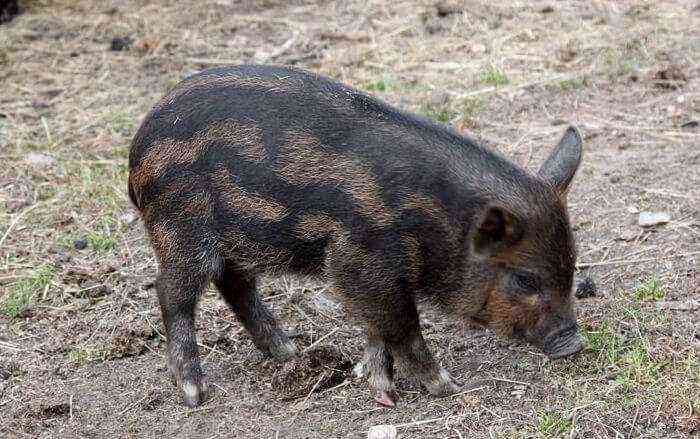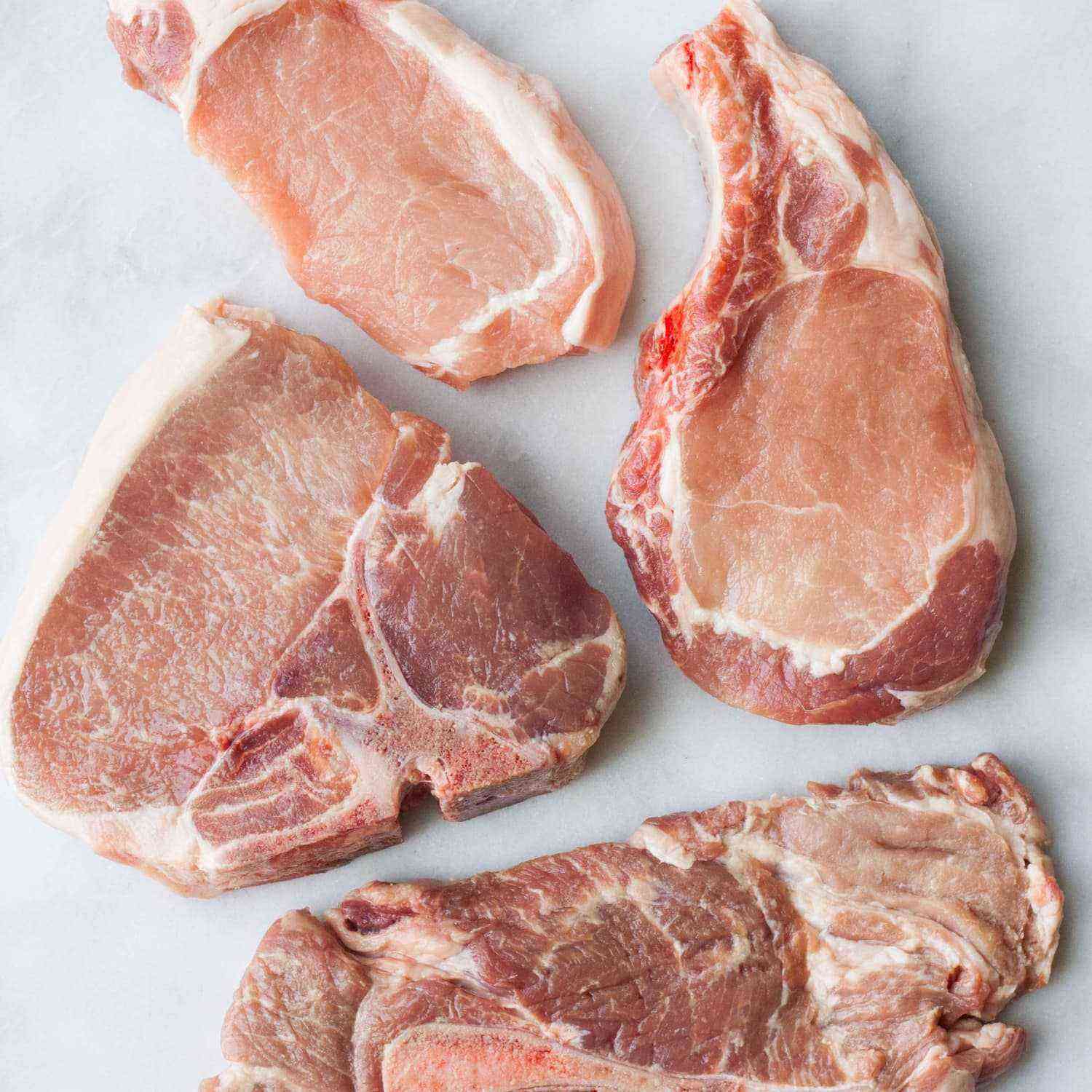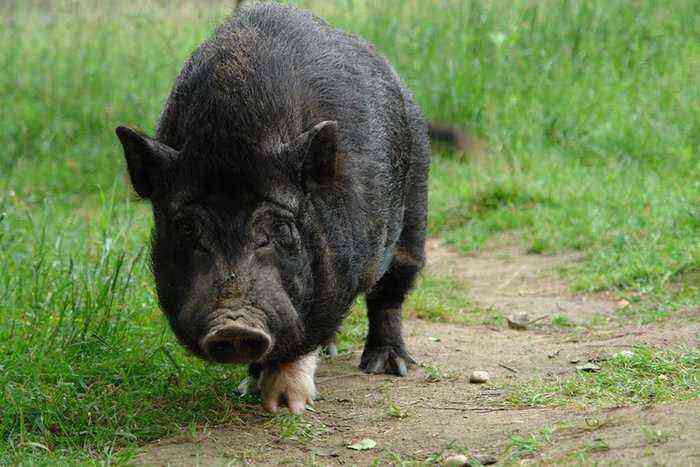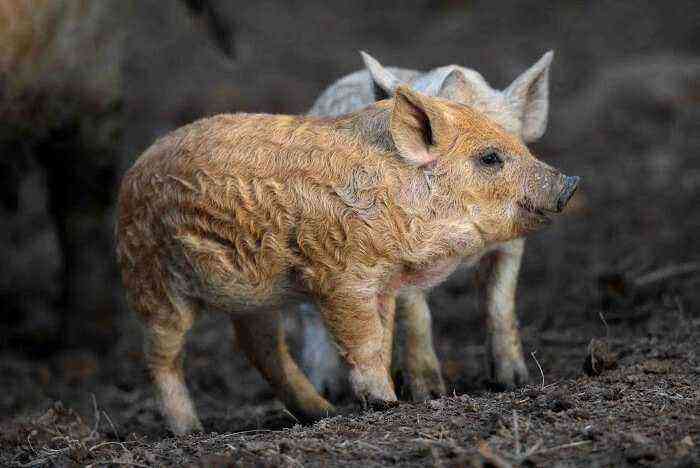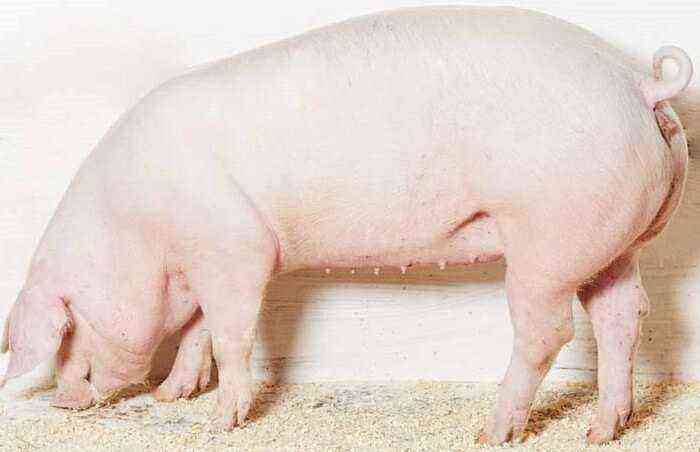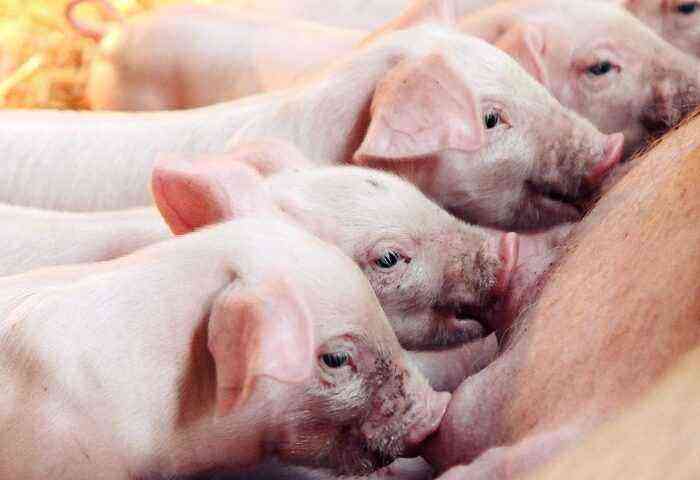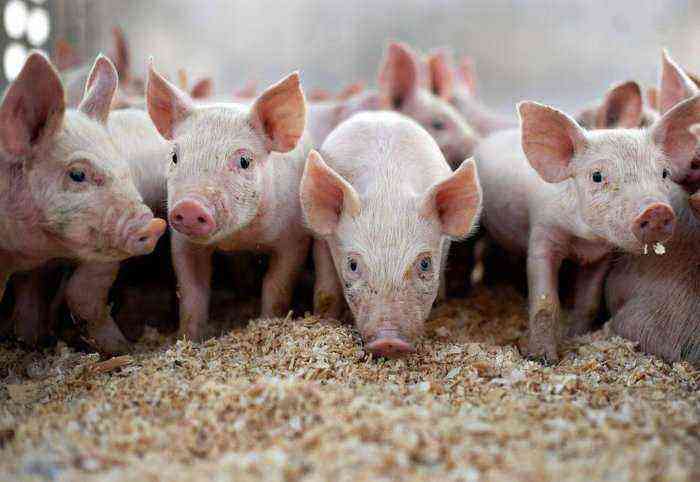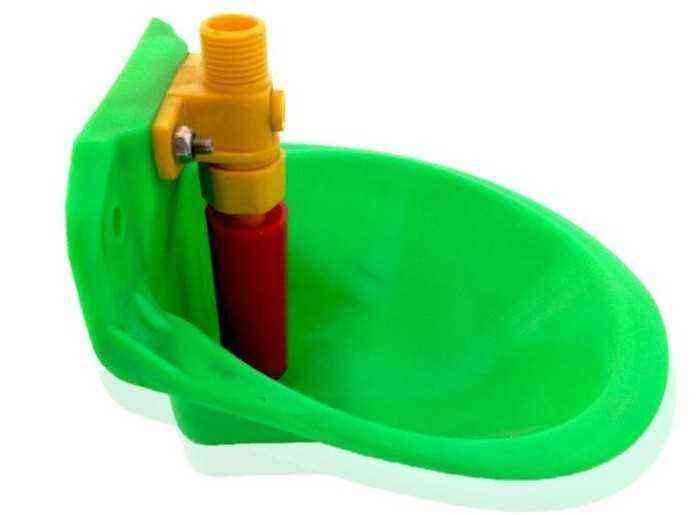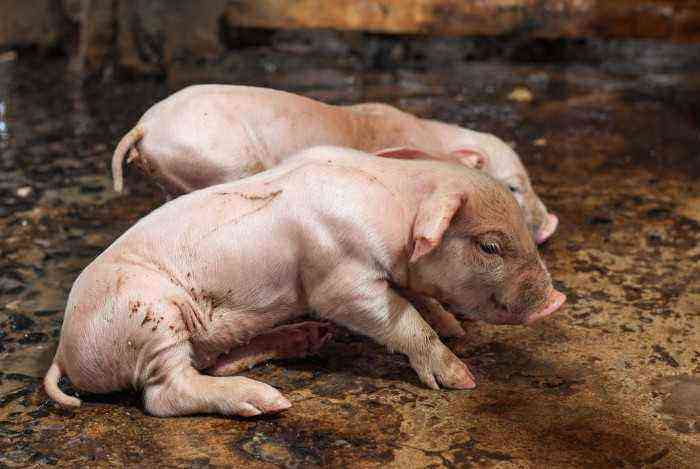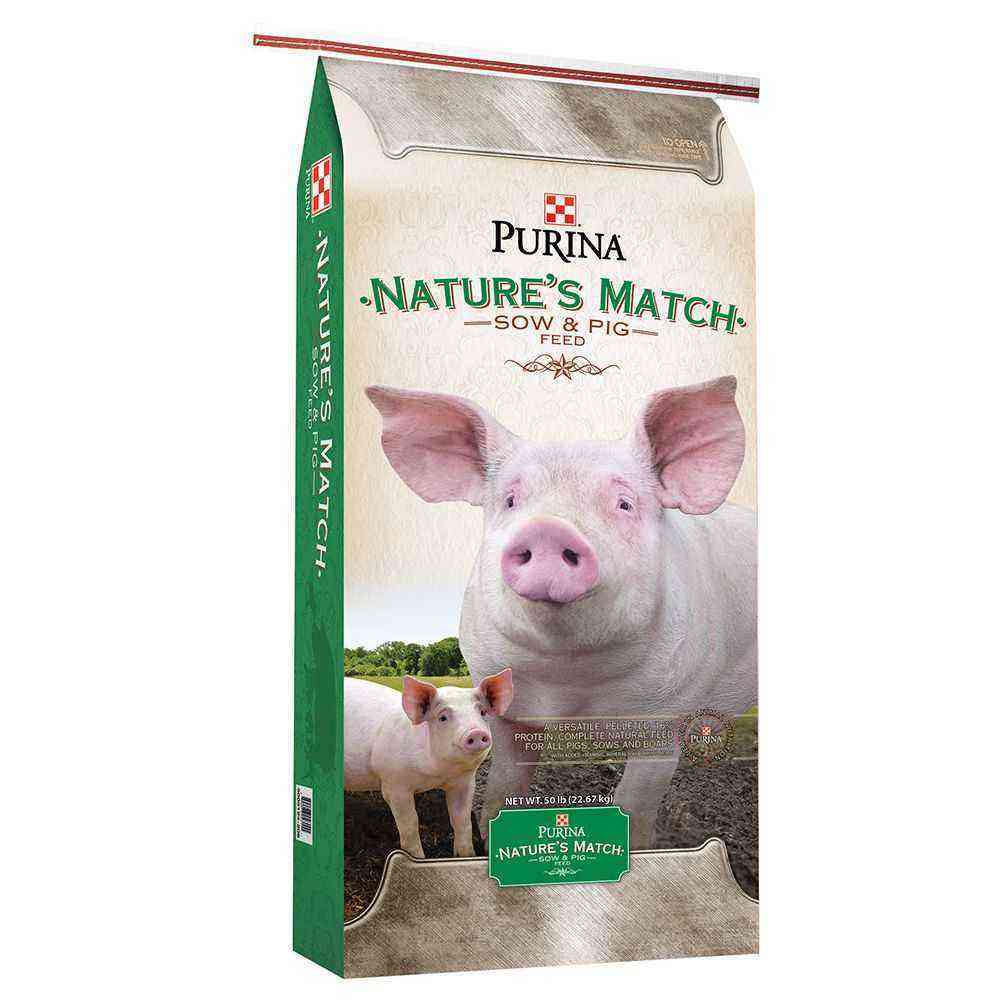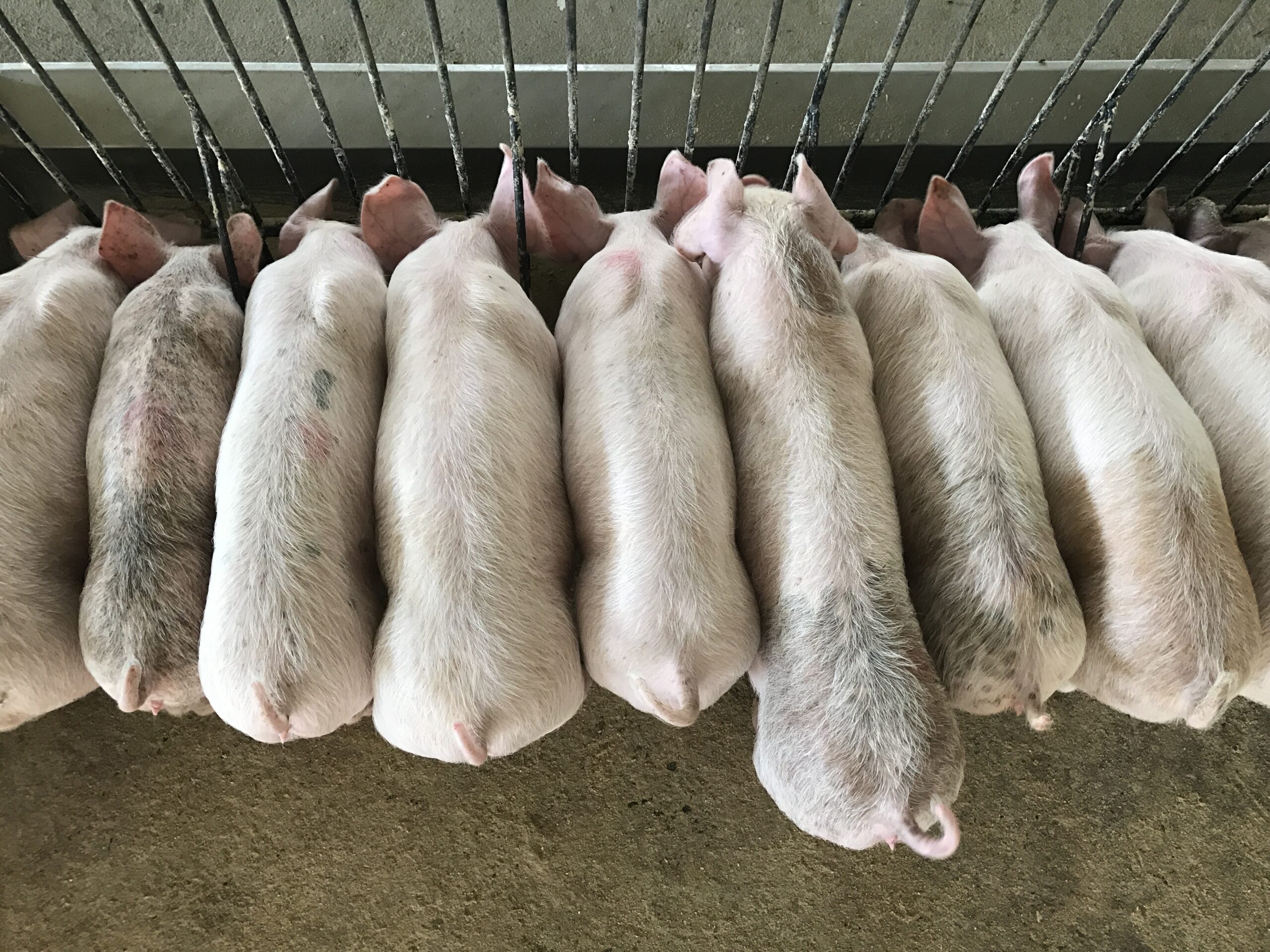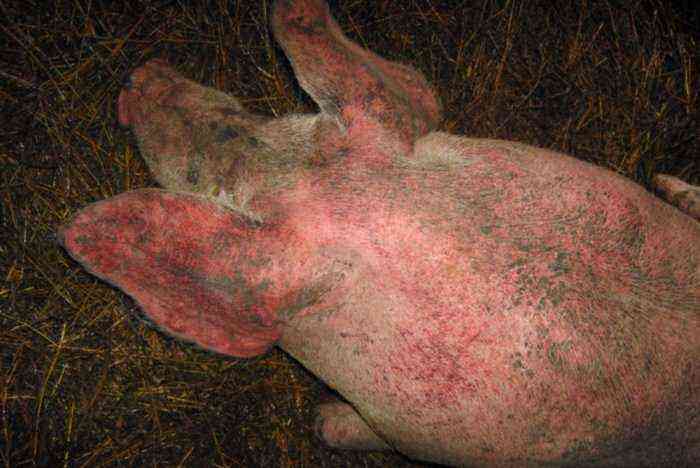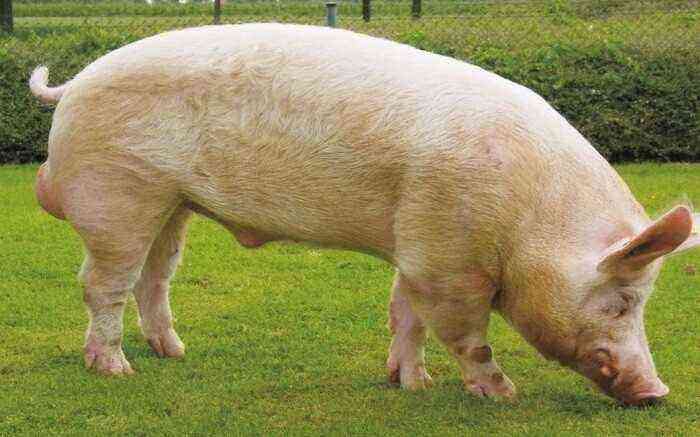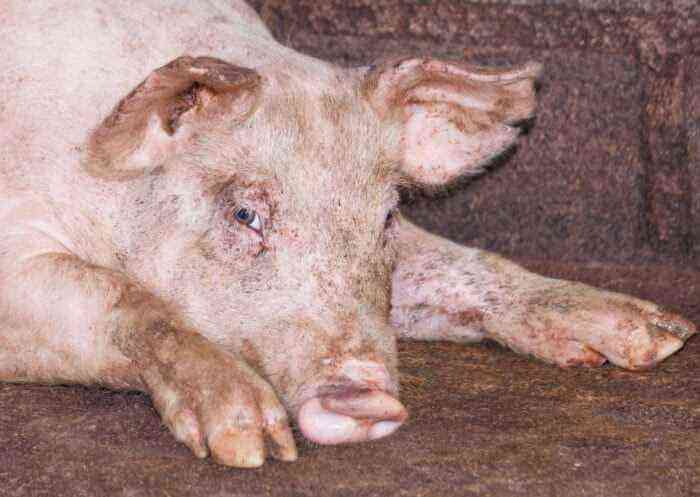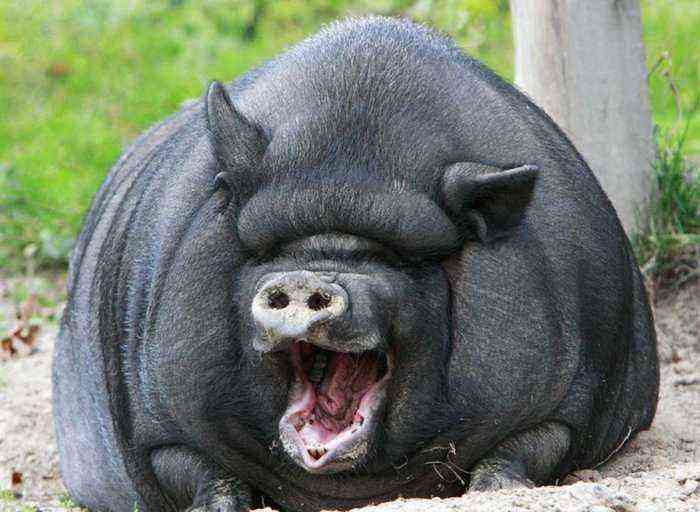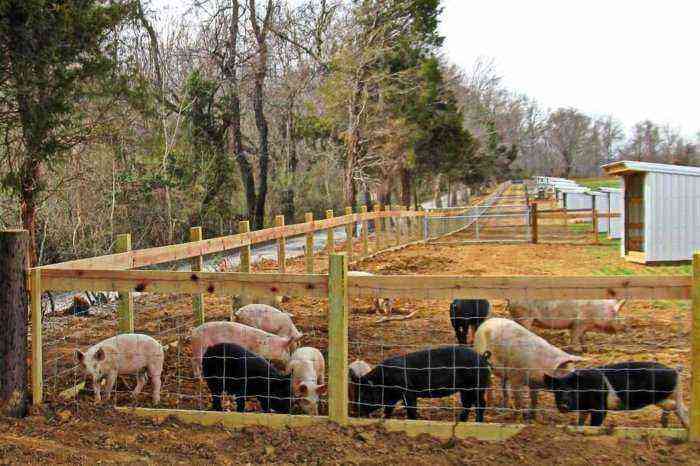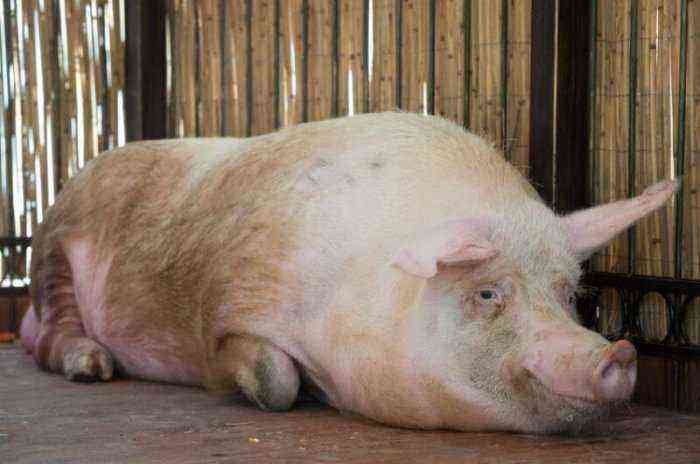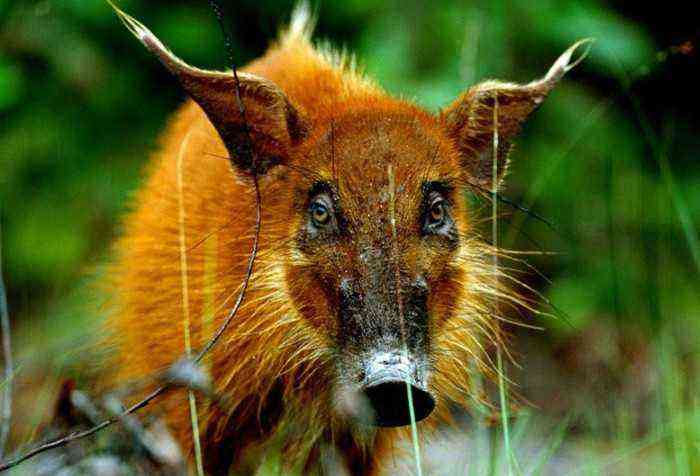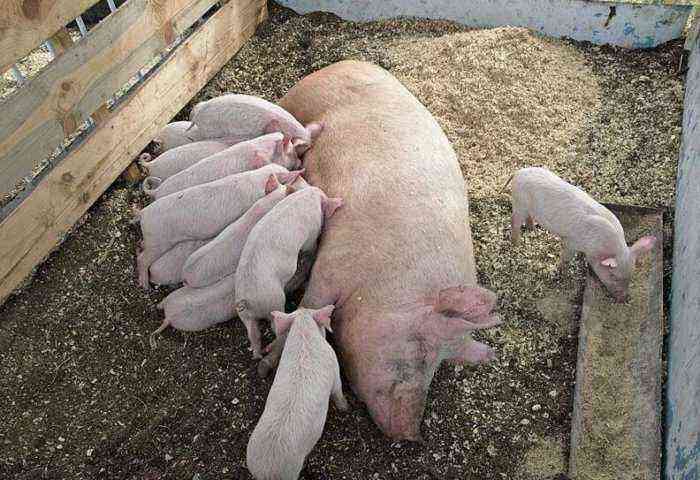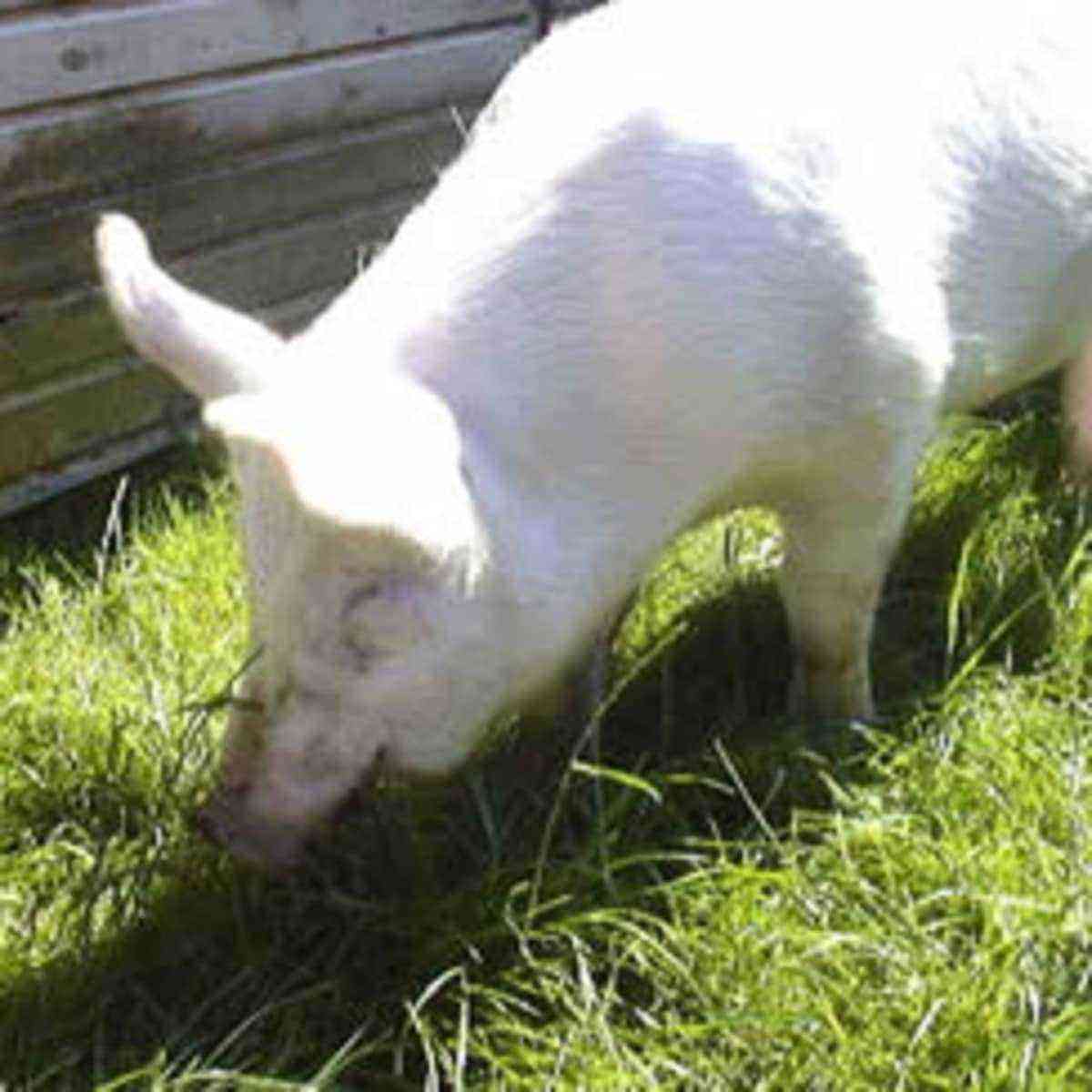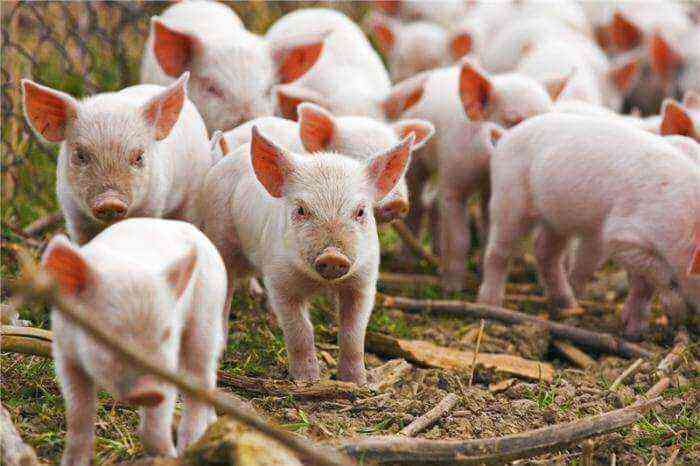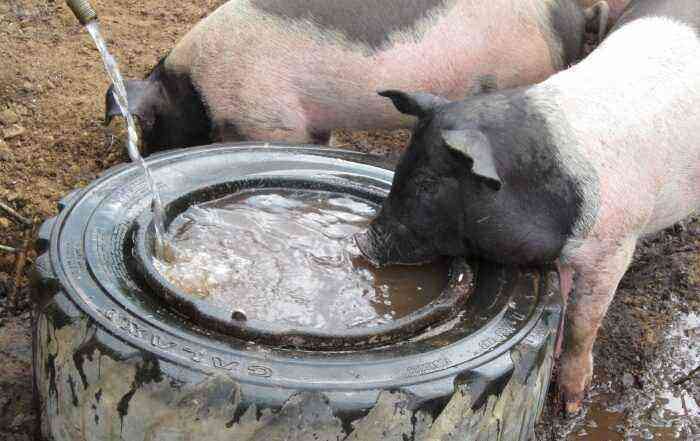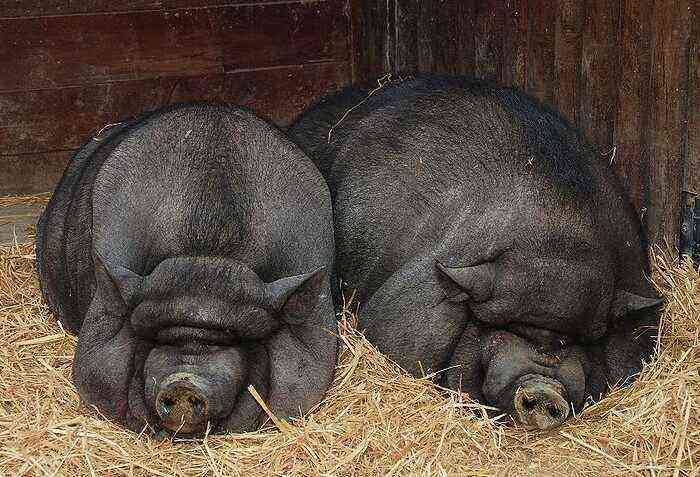A correctly drawn up business plan when opening a pig farm should be based on current market requirements, real wage rates, the cost of feed and the final product being sold. Careful planning of each stage of production will allow you to soberly assess the profitability of the business, weigh the approximate level of financial investments.
Business plan development
Important! A typical business plan for a pig farm should include the following sections:
- planning stage;
- marketing plan;
- premises and equipment;
- financial plan;
- risk assessment;
- attraction of investments.
Planning stage
At the planning stage of a pig farm, it is necessary to provide for the solution of the following tasks:
- channels for purchasing pigs (it is important to purchase healthy individuals of high-performance breeds, preferably from different suppliers, in order to avoid family ties between animals);
- feed supply and inventory planning (average annual grain consumption on a pig farm of 400 heads will be about 40 tons, it is also necessary to purchase feed additives, premixes, vitamins, special types of feed for young animals and pregnant sows;
- determination of the list of necessary equipment;
- planning of all stages of the production cycle.
Marketing plan
A pig farm as a type of business is characterized by high profitability, starting from 25%, and a consistently high demand for products. First of all, a novice entrepreneur needs to decide on the main activity: it can be raising breeding piglets or fattening pigs for slaughter. Large farms from 100 heads can combine both types of activities, as well as organize a slaughterhouse if there are sales channels for finished meat products.

Sales of finished meat products
When drawing up a marketing plan, it is necessary to analyze the competitive niche: the presence of other producers in the region and the shortage of meat products. It is also necessary to understand the structure of demand: the products will be supplied to end consumers or to meat processing plants.
The optimal number of livestock for a new farm is 300-400 pigs, of which 150 pigs are sows, 10 pigs are boars, and the rest are fattening for subsequent sale. Fattened animals or young animals for further rearing may be sold. It is this model of the pig farm that we will consider in this business plan as the most common.
Key indicators for planning:
- the average increase in live weight of a pig is 600-800 g per day;
- sow productivity – about 12 piglets;
- monthly sale of fattened pigs – 60 heads;
- average cost in live weight – 125 rubles / kg;
- the duration of the growing cycle is 7-10 months;
- the monthly income of the farm is 650 rubles.
Search for premises
The opening of a pig farm requires the selection of a land plot with buildings located on it. The optimal area is 3-4 thousand sq.m. The site must be designed to accommodate a subsidiary farm and cannot be located within the city. On the territory of the site, it is required to have a granary with a capacity of at least 100 tons, a hayloft, a pigsty itself and a workshop.
When opening a pig farm, there are several different options:

Pig farm
- Purchase of a land plot and construction of a new turnkey pigsty. All this will require considerable financial investments. So, when planning the acquisition of land in the business plan, it is necessary to provide for financial reserves in the amount of 1,2-1,5 million rubles, and in the construction of premises for keeping pigs, which will comply with all sanitary and fire standards, 10-14 million .rubles (the cost is calculated based on the average tariff of 12-000 rubles per 14 sq.m. of the finished building). When building a new facility, a building permit and project approval will be required.
- Pig farm rental. A more affordable option with a low initial investment.
- Purchase of a finished pig farm. The finished object in good condition and suitable area will cost the buyer 20-100 million rubles, depending on the location of the farm, its area, technical equipment.
The premises for pigs must be equipped in accordance with the basic rules of care and maintenance. The area of the pens for pigs is selected based on a minimum of 3 meters per head. The temperature in the pigsty should be maintained at 15-20°C. It is necessary to equip an effective ventilation system that will provide fresh air and maintain the necessary humidity. Animals require constant access to water.
Attention! Pregnant sows need 20-25 liters of water daily for proper feed and nutrient absorption.
Staff recruitment
The number of pig farm staff depends on the number of livestock. For a considered number of 400 individuals, 8-9 permanent workers will be required:
- veterinarian – 1 staff unit with a salary of 25 rubles;
- livestock specialist – 1 full-time unit with a salary of 21 rubles;
- manager – 1 full-time unit with a salary of 18 rubles;
- laborers – 2 staff units with a salary of 12 rubles;
- pig breeders – 3 staff units with a salary of 15 rubles;
- accountant – 1 staff unit with a salary of 20 rubles or outsourcing services worth 000 rubles per month.
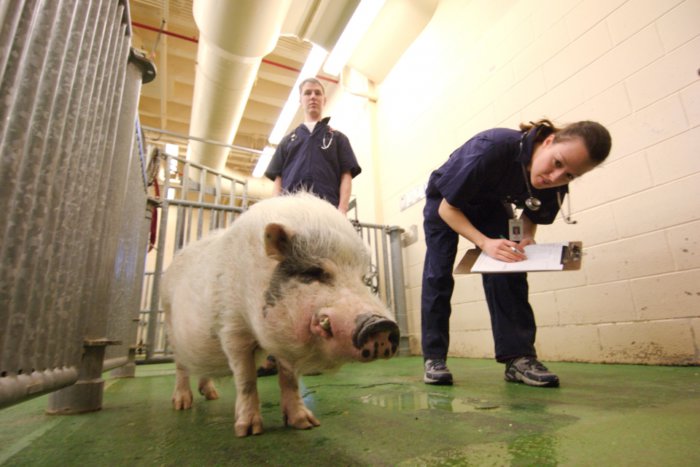
Veterinarian examining a pig
When registering an accountant for outsourcing, the total wage fund will be 141 rubles per month. On an annualized basis, 000 million rubles will be needed to pay the staff of the pig farm. To optimize the number of employees and reduce the wage fund, you can consider purchasing equipment that automates manual labor as much as possible. First of all, this includes feed dispensing equipment, group drinkers, feed bins, equipment for cleaning pens. Also, in some farms, the work of a veterinarian and livestock specialist is performed by the same person due to a shortage of personnel.
Financial plan of the enterprise
The financial plan of the pig farm includes all the indicators calculated above and allows you to clearly structure costs, determine gross and net profit. The main expenses of the pig farm per month include:
- wage fund – 141 rubles;
- insurance deductions – 42 rubles;
- payment for electricity, water and heating – 30 rubles;
- the cost of feed and its delivery – 180 rubles (at the rate of 000 rubles per 450 animal);
- additional expenses, which may include the purchase of a veterinary instrument, medicines, fuels and lubricants – 20 rubles;
- total – 413 rubles.
To calculate net profit, you must perform the following steps:
- gross profit u650d 000 (revenue) – 413 (cost) u300d 236 rubles;
- tax deductions (6%) – 14 rubles;
- net profit u236d 700- 14 u202d 222 rubles.

Calculation of net profit
With the calculated indicators, the profitability of the pig farm will be 34%, which is a fairly high indicator in the industry. Such profit is obtained under the condition of well-established sales channels and the production cycle. The payback of a pig farm will depend on the volume of capital investments, for which it is necessary to decide whether it will be the construction of a new facility, rent or purchase of a ready-made pig farm. For our example, let’s take the construction of a new farm in a rural area. The total investment will consist of the following costs:
- Purchase of a plot – 1 rubles.
- Turnkey construction – 15 rubles.
Also, the list of expenses for opening a pig farm must include the registration of an enterprise, obtaining approvals and permits (100 rubles), the formation of feed stocks (000 rubles), the purchase of sows (400 rubles). In capital costs, it is necessary to indicate additional funds for expenses not provided for by the business plan (000 rubles), funds for the purchase of equipment (500 rubles), as well as reserve capital in the amount of 000 rubles. Thus, with an investment of 300 million, the payback period will be 000 years.
According to statistics, in the last 5 years there has been a decrease in pork imports to Russia. This is due to the gradual increase in the number of local manufacturers that successfully compete in this segment. Despite this, pig farming remains a highly profitable industry, which, with the proper distribution of investments, gives a payback within 5-7 years.

